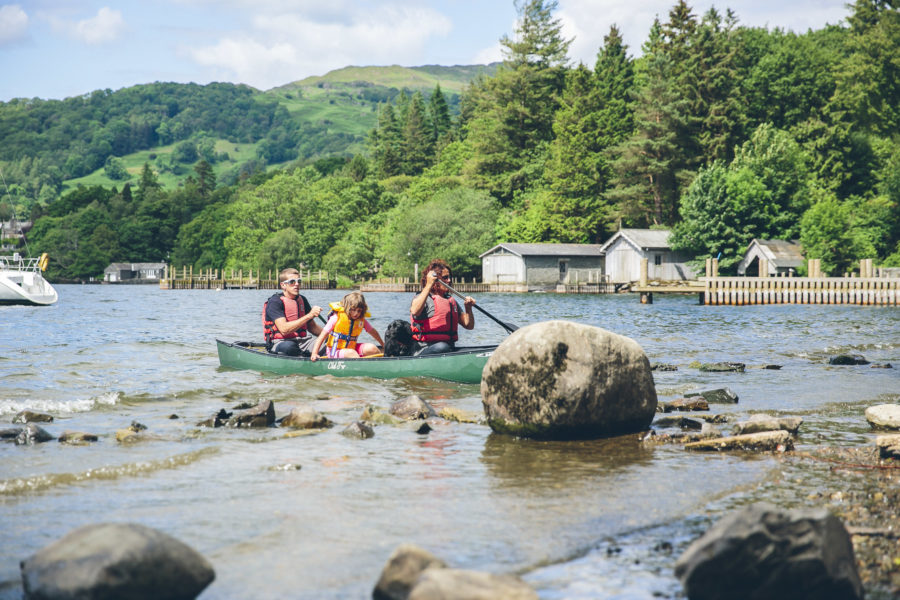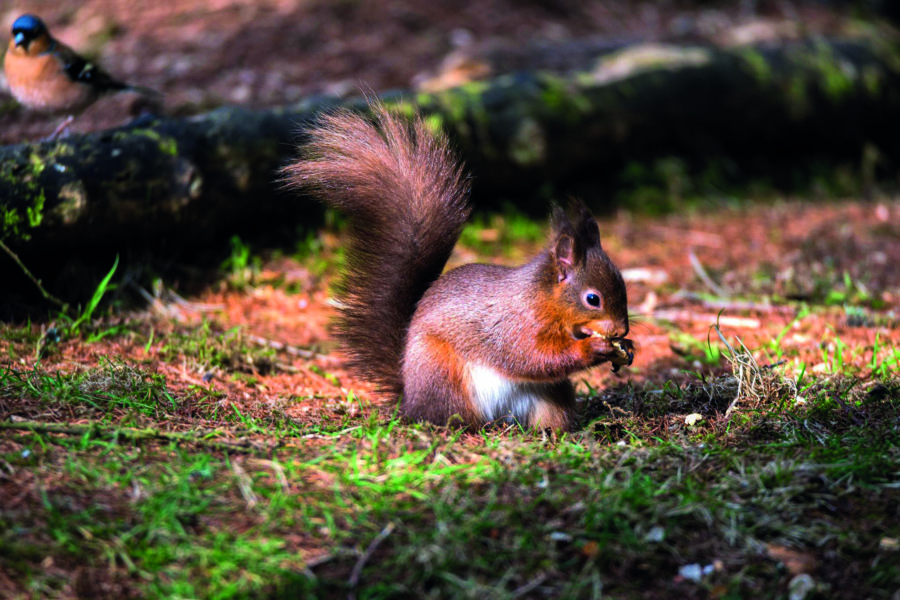
Lake District National Park
Discover. Explore. Inspire
Ice and fire carved the highest mountains and deepest lakes. Humans brought life and love. Welcome to the Lake District.
Step into the National Park and UNESCO World Heritage Site to discover spectacular landscapes, pretty villages, a warm welcome and a rich cultural heritage. Explore the fells, splash about on the lakes, take a wild adventure or simply enjoy the peace. Breathe in and be inspired.
Get inspired

Paddleboarding
A fantastic way to get active on one of the many lakes. Hire a board from Brockhole and we’ll show you how to get started.

Special qualities
Lake District National Park is famous for its stunning scenery, abundant wildlife and cultural heritage. Its special qualities include
Cool, clear lakes, tarns and rivers – nationally important stretches of water for their range of habitats, and species such as vendace, charr, crayfish and schelly. The lakes and tarns give the Lake District a quality of scenery found nowhere else in England.
Ancient woodlands – the semi-natural woodlands add texture, colour and variety to the landscape and also provide a home for native animals and plants. The high rainfall in the core of the National Park favours woodlands rich in Atlantic mosses and liverworts, ferns and lichen. The presence of wood pasture, pollards and old coppice woodland form part of the rich cultural heritage of the National Park.
Diverse landscape – the area’s imposing natural landforms are overlaid by thousands of years of human activity. The mix of lakes, farmland, fells, woodland and settlement gives each valley a visual and cultural distinctiveness of its own.
Wealth of wildlife – the Lake District is unique in England for its abundant and varied freshwater habitats. Key habitats include mires, limestone pavement, upland heath, screes and arctic-alpine communities, lakeshore wetlands, estuary, coastal heath and dunes.
Opportunities to enjoy outdoor activities – the national park has the highest concentration of outdoor activity centres in the UK. It is the birthplace of British mountaineering and there is a tradition of unrestricted access to the fells, plus an extensive network of public rights of way. Recreational walking can be traced from Wordsworth’s ‘Guide to the Lakes’ to the guides of more recent writers such as Wainwright.
Open nature of the fells and tranquillity of valleys and lakes – the relatively open character of the uplands, and the lack of modern development, is especially important. To walk freely across the fells, or climb their crags, is liberating and gives a feeling of wildness. To many, the Lake District is a place where it is possible to feel remote, yet know the nearest settlement is never far away.
Complex geology – the Lake District’s rocks provide a dramatic record of nearly 500 million years, with evidence of colliding continents, deep oceans, tropical seas, and kilometre-thick ice sheets. The area has the largest and deepest lakes and highest peaks in England. Its rock sequence contributes to our understanding of past climates.
Rich archaeology – there have been people in the Lake District since the end of the last Ice Age. The landscape reflects a long history of settlement with many traces of prehistoric and medieval field systems. Internationally important archaeological monuments include stone circles, Roman roads and forts, and charcoal blast furnaces. The high rainfall has assisted water power as a prime source of energy for mining, gunpowder and wood-processing industries.
Distinctive settlement character- local materials, including types of slate, are a common link between contrasting styles of architecture. Finishes such as lime wash, and the use of sandstone, granite and limestone add variety. Dry stone walls and hedgerows form a visual and historic link between settlement and countryside. Chimneys, windows and walling, and structures such as hogg houses, peat houses, packhorse bridges and bank barns reflect local building practices.
Celebrated cultural traditions – Lake District locals have worked the land – the Lake District has the largest concentration of common land in Britain, and possibly Western Europe – and helped shape the landscape. Writers and environmentalists have campaigned for landscape protection. Artists and writers such as Turner, Heaton Cooper, Kurt Schwitters, Wordsworth, Coleridge and De Quincey have gained inspiration from the area, as well as children’s authors Arthur Ransome and Beatrix Potter. The area also has its own dialects and distinctive sports such as hound trailing, fell running, and Cumberland and Westmorland wrestling.
Did you know?








A world-famous park
In 2017 the Lake District National Park joined the Taj Mahal, the Grand Canyon and Machu Picchu as a UNESCO World Heritage Site. As a ‘cultural landscape’, the world-class designation recognised the National Park as a dramatic farmed landscape, inspiring people to love and appreciate the place, leading to the birth of the global conservation movement. These three themes: identity, inspiration and conservation also shape the future of the Park. From the 25 partner organisations who work together to help manage the Park, to everyone who visits, works in and looks after this special corner of England – we all have a role to play in looking after this unique place.

See you soon!
Help us look after this special place by cutting the carbon and travelling to and around the Lake District sustainably. Hop on a bus (open-top if it’s dry!), take a train, hire a bike (or e-bike!), sail away on a boat or car-share – it all helps, and is a fantastic way to take in the views! And if you do need to drive, explore somewhere new be sure to plan your journey in advance and use the Lake District National Park Guide.

